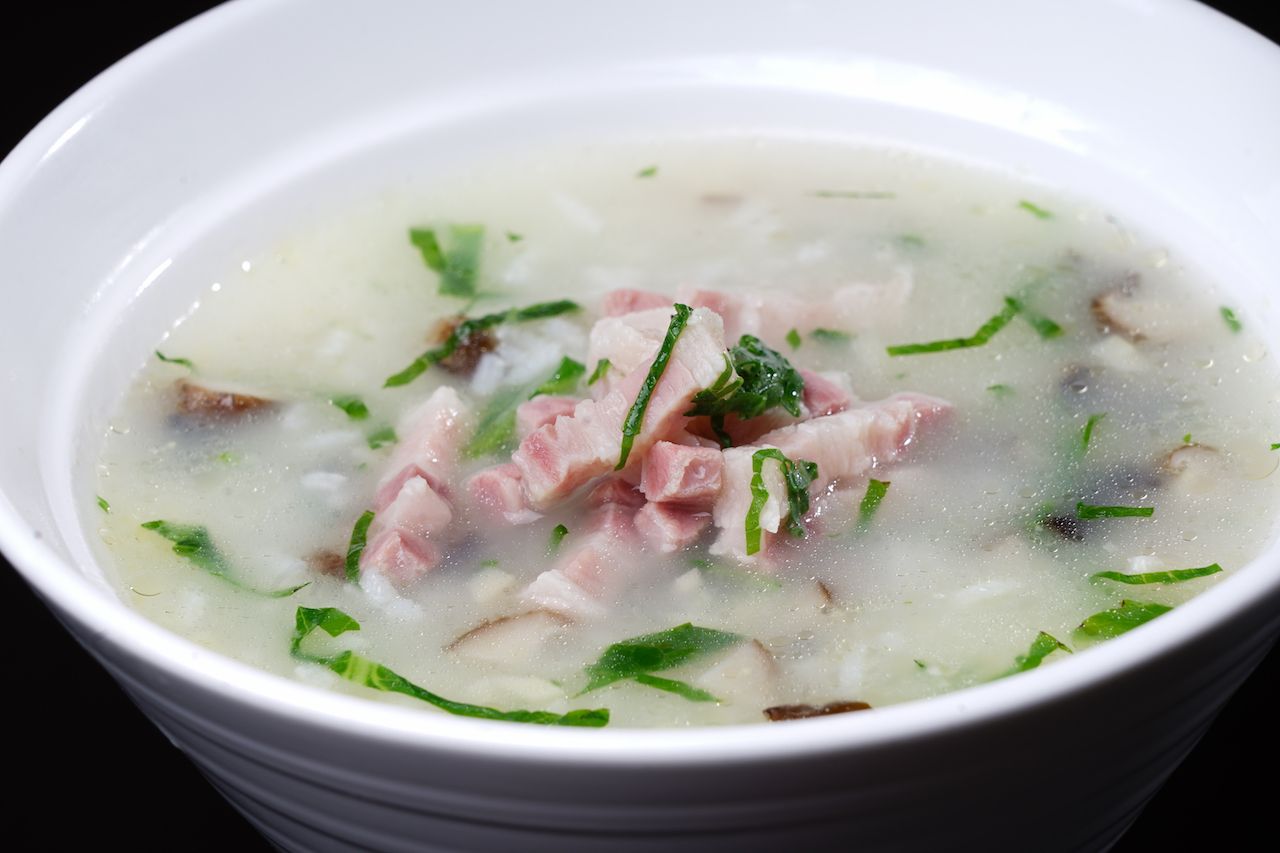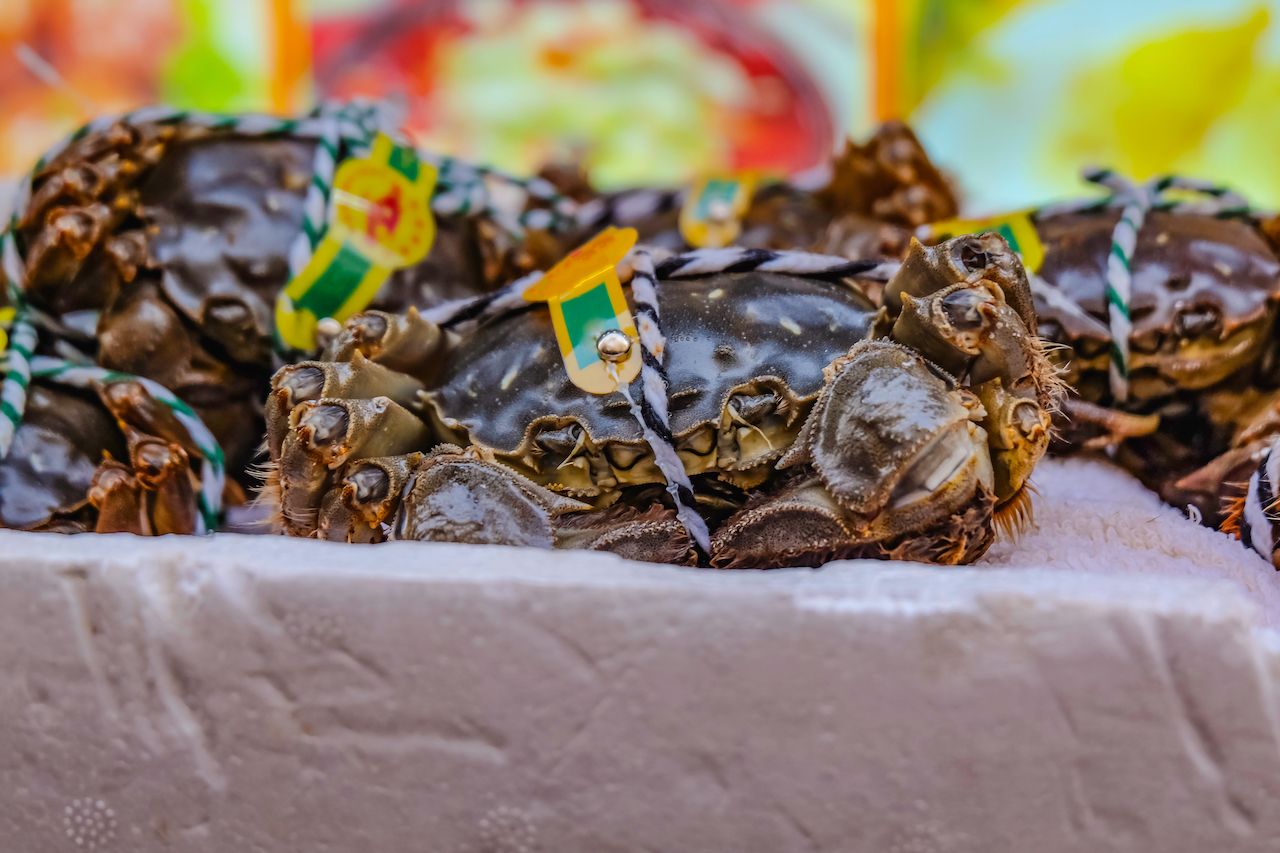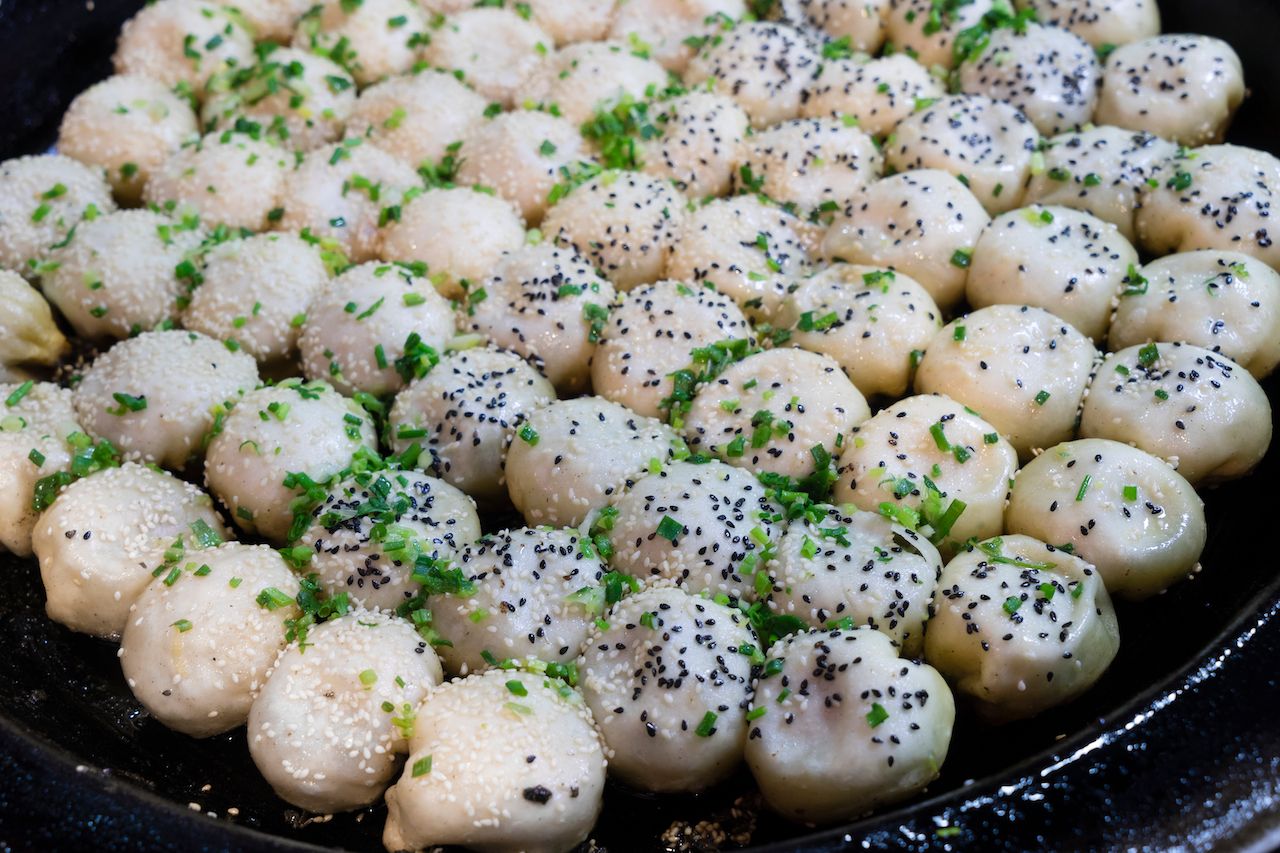Shanghai is not an ancient major city. It wasn’t until the opening of its treaty port in 1842 that the former fishing village really became a prosperous industrial center and trading hub with worldwide renown. With the city’s economic takeoff, the culinary culture also boomed, echoing Shanghai’s refined and sophisticated urban life. Today, the city is filled with so much good food that pretty much the only place an eater will be disappointed is the Shanghai airport.
Today, people often think of soup dumplings when they think of Shanghai food. But the city’s vibrant food scene has a lot more to offer, from breakfast street foods, to delicate Shanghai snacks, to Western-inspired soups. Below are five iconic Shanghai dishes locals love.




